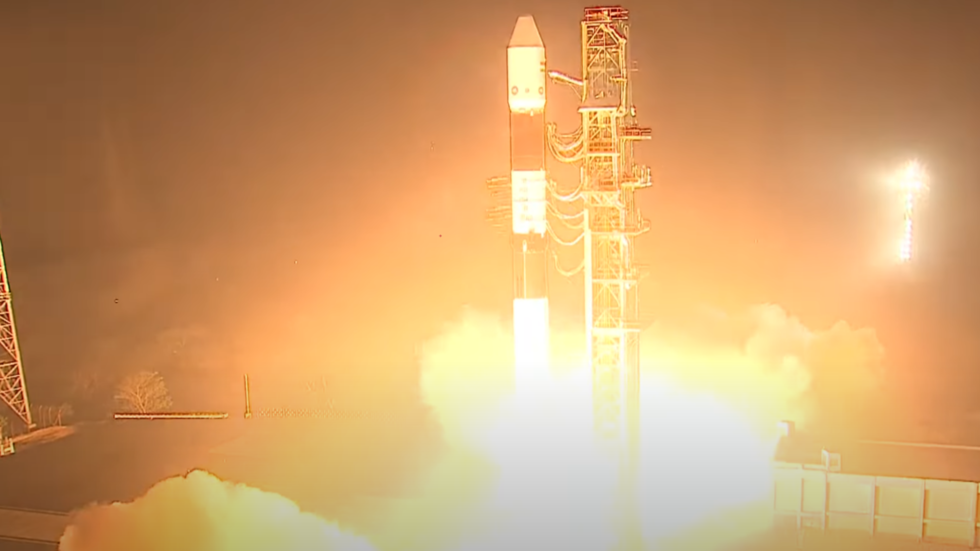The mission aims to demonstrate a key technology the country will need to build its own orbital station
The Indian Space Research Organisation (ISRO) successfully launched its first space docking mission, SpaDeX, on Monday, marking a significant milestone in the country’s ambitious space program.
The launch of the Polar Satellite Launch Vehicle (PSLV-C60) from the Satish Dhawan Space Centre on the island of Sriharikota placed two spacecraft into a circular orbit at 475 km, slightly above the projected target of 470 km.
“The rocket has placed the spacecraft in the right orbit, and the SpaDeX satellites have moved one behind the other,” ISRO Chief S Somanath stated on Monday evening, confirming the successful launch, with docking expected to occur around January 7. “Over time, they will travel about 20 km apart before initiating the rendezvous and docking process.”
The mission involves two spacecraft: Spacecraft A (SDX01), known as the ‘Chaser,’ and Spacecraft B (SDX02), the ‘Target.’ These satellites, each weighing 220kg, are designed to demonstrate autonomous docking technology, a critical capability for future space missions such as satellite servicing, interplanetary travel, and the construction of India’s planned orbital space station.
Privileged to be associated with the Department of Space at a time when Team #ISRO mesmerises the world with global wonders, one after the other.India becomes the fourth to join the select league of nations to seek Space docking, through its own indigenously developed “Bharatiya… pic.twitter.com/N9o7qID8z4
— Dr Jitendra Singh (@DrJitendraSingh) December 30, 2024
In addition to the primary mission, PSLV-C60 carries the POEM-4 module, which includes 24 payloads from various startups, industries, academia, and ISRO centers. These payloads are attached to the fourth stage of the rocket and will conduct experiments over the next two months. The upper stage will be brought down to a lower orbit of 350 km to facilitate these activities.
🎉 Less then 2 hours for liftoff! 🚀Tonight at precisely 10:00 PM, #ISRO‘s PSLV-C60 with SpaDeX and innovative payloads are set for liftoff.#SpaDeX (Space Docking Experiment) is a pioneering mission to establish India’s capability in orbital docking, a key technology for… pic.twitter.com/VMluYqJ4Fb
— Dr Jitendra Singh (@DrJitendraSingh) December 30, 2024
“This SpaDeX mission is not just about docking; it also includes exciting experiments like debris capture and biological studies through POEM-4,” Mission Director M Jayakumar said, expressing enthusiasm about the mission’s broader implications.
The successful completion of the mission would make India only the fourth country to achieve in-orbit satellite docking, following Russia, the United States, and China. This technology is crucial for several upcoming missions, including Chandrayaan-4, which aims to return samples from the Moon’s south pole, and the construction and operation of the Bharatiya Antariksh Station (BAS).
ISRO’s efforts in space docking are part of a broader strategy to enhance operational flexibility and expand the country’s horizons in space exploration. The agency is also making strides in its human spaceflight program, Gaganyaan, with the assembly of the Human Rated Launch Vehicle Mark-3 (HLVM3) for uncrewed flights planned for early 2025. As India continues to push the boundaries of space technology, it aims to establish a continuous human presence in orbit by 2035.
You can share this story on social media:




